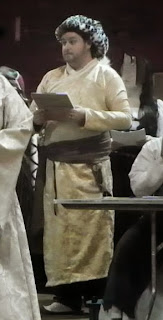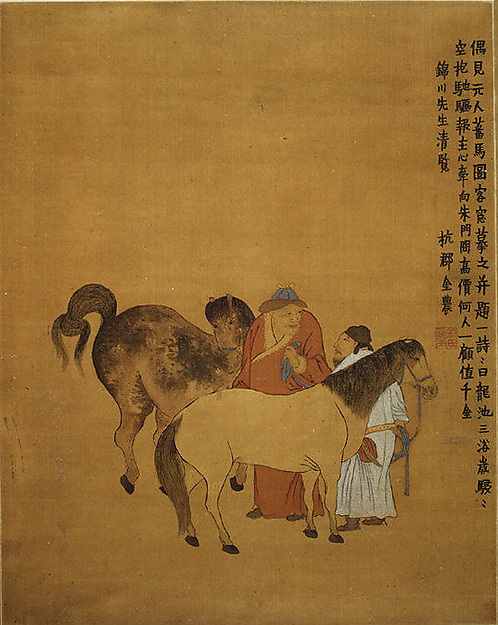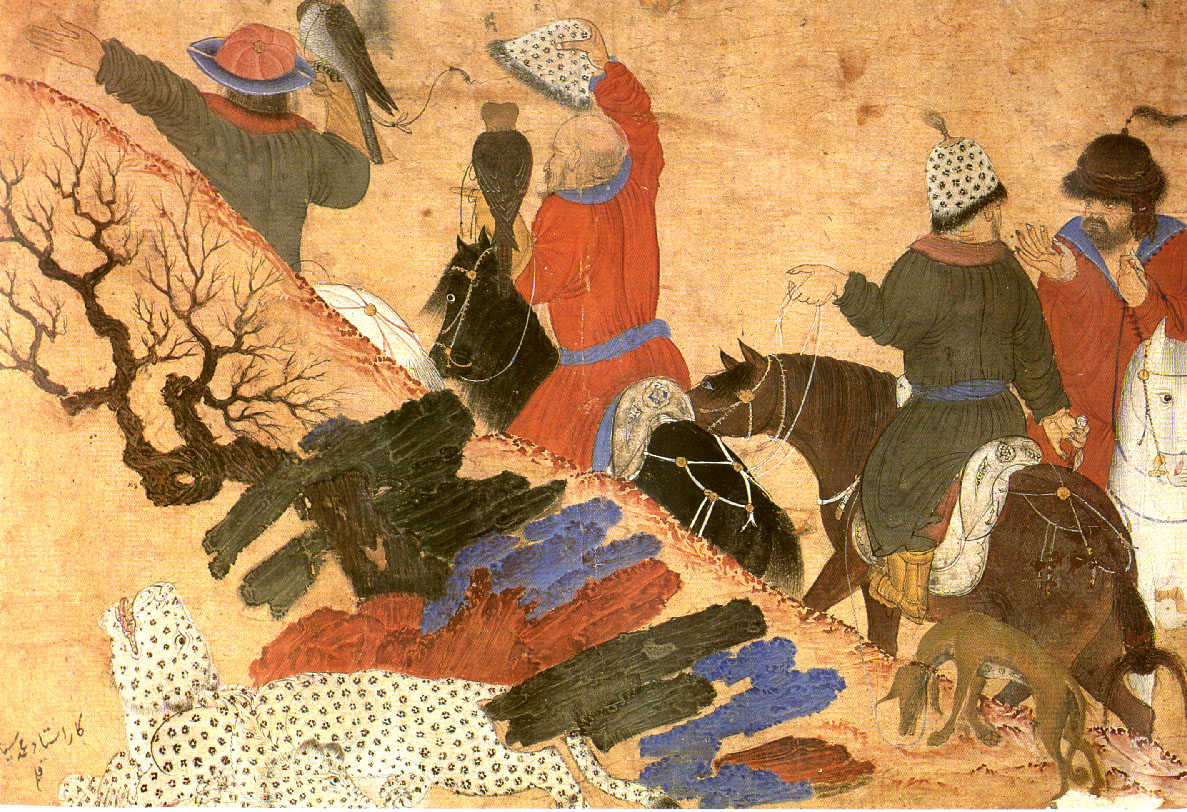There I am holding the clip board after collecting entries to the fashion show. I have no idea why it is I'm making that face, to be honest.
So, let's break things down, shall we? I think it's best to start at the bottom and work to the top, since the hat is what you're probably looking at first. It seems most people do (And it's super fun, and I love it).
The shoes is the least documentable part of my entire kit. I needed a pair of shoes which would work in looking period-esque and Mongolian. A few years back there was a vendor at Birka who's not been back since, named NYC Mongol. They carry hand made goods imported from Mongolia.
The slippers are hand made and they are incredibly comfortable and warm. I enjoy them, but until I get to make some gutal, they will do for now. It's a stop gap, but beats the inauthenticity of wearing my steel toed boots or sneakers.
The pants are where I've been struggling the most with construction. There are a few different patterns I've found on Pinterest.
These are the two best examples (direct link in alt text for attribution). The top is directly traceable to Mongols and the bottom pre-date the Golden Age by a couple centuries, dating to the 7th-8th century in Sogdiana.
The black pants are modeled after the lower pair of trousers and the construction is simpler and the detailing is hidden. They are similar to the Thorsberg Trouser and modern pyjama pants, so there is bountiful resource when I was making my very first pair, which busted in the crotch due to poor allowances for my not being waifish. The Sogdian trousers above has crotch gussets, which I did also put in.
I do, eventually, want to make what appear to be the overall style pants, but I haven't gotten up the courage yet. I'm a handsewer and I don't know if my skills are up to the task yet. I'm especially concerned about the ballooning I'm seeing out from the waist.
The jacket, I have to say, I am the most proud of in certain regards, but is not completely where I would like it to be.
It's based off of what I have found out of China for Mongols during the Yuan dynasty. The length is derived from it as is the cut to the opening at the top. Here is a good example from the Met:
The collar appears to be sewn into the body of the deel to create a standing collar that travels the length of the enter seam of the neck area. This appears to be common across social class and location. I've seen it in Persian miniature, Chinese landscapes and Chinese portraiture.
I constructed it by experimenting a little over a couple different overcoats I have made. I found that making a double-wide strip, sewing that to the body of the deel, then folding over the "right" side to reinforce the seam and make a tube.
Now the hat. I love that hat. I can't take full credit for making it as I'm in no way a milliner. Iulia Agricola had constructed it for me for Birka 2014 when out household theme was "unusual but documentable".
It is based on this:
It is a hunting scene. I've not been able to directly attribute it to any on collection, sadly, but I can tell it's most likely Yuan and depicts a royal hunting party, probably for Kublai Khan, but that last part is pure conjecture.
You can see that there are two men wearing hats made of snow leopard, center left and center right. At some point, I do want to make the hat for center right with the "pouf" on top. That was not in the cards for me last year, but I do have enough of the faux fur to make another hat on my own.
I did base my hat off of center left. I substituted the black for brown as I can't tell if it was brown in the original and aged into black, or if the fur was black when created. Brown also was cheaper when I went to the fabric store and so it won as brown fur is common on all continents and it's plausible.
And, there you have it! The head-to-toe breakdown of my garb from Birka 2015.




